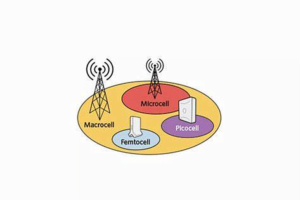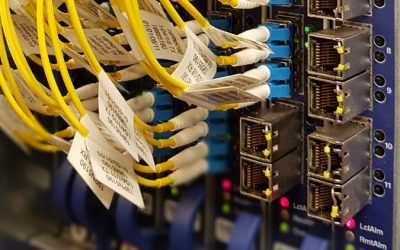As technology continues to advance, Self organizing networks drive down mobile Hetnets cost. Known as SON, it has promise for the large cellular carriers that run LTE but additionally for smaller networks running on Wi-Fi and femtocells. The goal of all carriers is to lower their overall operating costs and increase cost effectiveness. Should SON use HetNet (heterogeneous networks), there are some advantages and disadvantages. This article will look at each side.
Self Organizing Networks Advantages
The innate autonomous SON can function without users. This means base stations and access points are configured and optimized automatically. Macrocells still require technical interface, but the advent of self organizing networks within combination of small-cell technology meant a powerful shift in resource management – there was no reason to send a technician to each new small cell in a selected market area.
Ultimately, and the technology is still in its infancy if not even created, is to have the Self organizing networks implemented in the RAN. The autonomous nature of SON means no human intervention for organizing and optimizing. All a carrier would need is to create the cell site. The SON would handle all the RF frequencies and their channels, determine power levels, lists of neighboring elements and the other necessary configurations which historically required input.
In a sample case: a cell site within a SON-capable network goes down in an act of nature or accident. The sites around the downed cell immediately and automatically organize themselves to provide coverage for the affected area. This gives carriers time to make logistical decisions or wait until normal working hours to dispatch technician for repairs. Clearly, the self-operating and repairing functions of the self organizing network have clear profitability for carriers. This includes the larger service carriers and smaller ones who depend on communication besides LTE.
Self organizing Network Disadvantages
While the innate abilities of the self organizing networks to make the necessary reconfigurations to neighboring cells, the surrounding network within the down cell’s immediate area may prove difficult because of the SON’s sensing abilities. There are two potential scenarios: a SON-capable base station passively finds and configures, or the information can come from queries around neighboring stations.

Here is the fundamental issue. Base stations are uplink only; they receive transmissions from the carriers to the network, but stations additionally must be able to receive downlink signals for levels and neighboring parameters.
This means SON-capable stations must be frequency-agile for both links.
Receivers, set only for dedicated downlink and time-division-duplexed, TDD, systems, mean a SON-capable station will require time when it can receive downlink transmissions, a situation that can lead to unintended additional downtime during the process.
The disadvantages are not as harsh as they may seem. So long as the SON is a part of a HETNET, the cost can be kept to a minimal amount. Here is how. The HETNET is a web of base stations and wireless, up to and including macro stations, small cells, the preferred element of SON, and Wi-Fi. The largest cellular carriers use HETNET in large, metropolitan areas (think New York, Los Angeles, Chicago, etc.) because of the user saturation macro base stations are grossly ineffective.
However, the needs of the many mean all markets, even smaller, rural ones, will eventually have a need for HETNET. This means all the intricacies become of critical need for carriers in all wireless markets and mobile networks.
This is where self organizing networks is so important. It is one technology that will meld the small and macrocells while providing a superior user experience for the carriers and their customers. Expect the SON to evolve dramatically in the coming years. Some major U.S. carriers have plans to expand from 100,000 active sites to over 500,000. This massive growth will require SON with the HETNET.
Initial upfront costs are a concern for some smaller carriers, but the long-term savings on technicians more than offsets the initial investment. It should go without saying the profit margins will take a dip on the front end but will rapidly recover as self organizing networks saturation increases. Success will depend on all the previous factors and full implementation with proper logistical planning.
Based on this, what is your opinion? Is the potential upfront cost and dip in profits advantageous in the overall scope of the business or is the on-call skilled technician a safer and more dependable alternative? Certain factors certainly must be considered on both, but exactly what are those factors outside of forces of nature? Feel free to provide your personal thoughts on this.


 Jump forward several years, and now we have streaming video, movies and more coming in over wireless and data from cellular providers. For the airline industry, this is an absolute goldmine in IFEC profit margins.
Jump forward several years, and now we have streaming video, movies and more coming in over wireless and data from cellular providers. For the airline industry, this is an absolute goldmine in IFEC profit margins. 